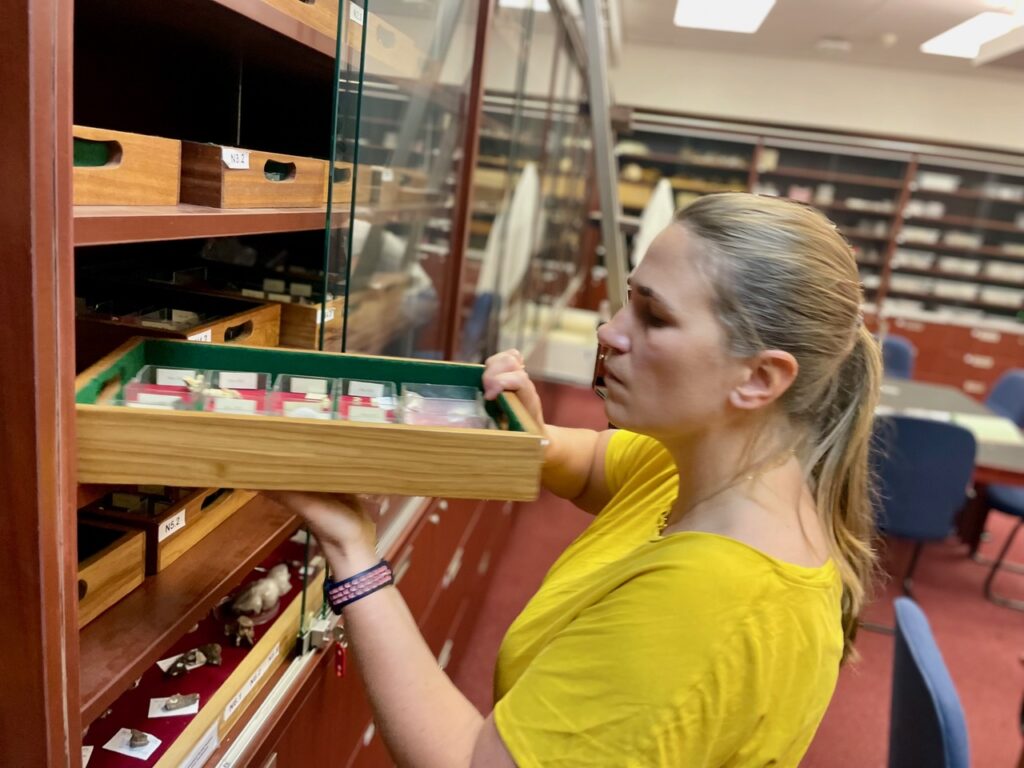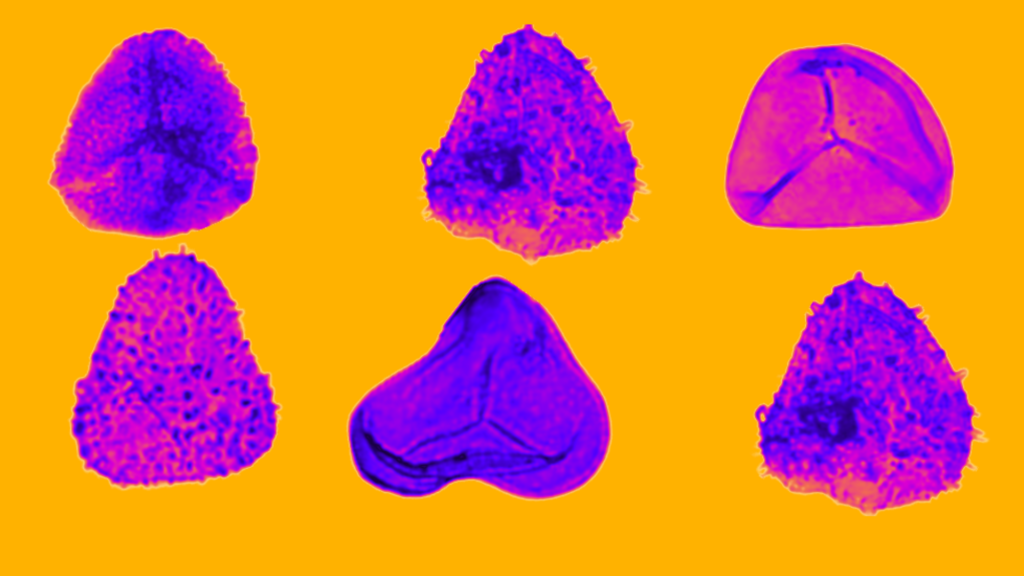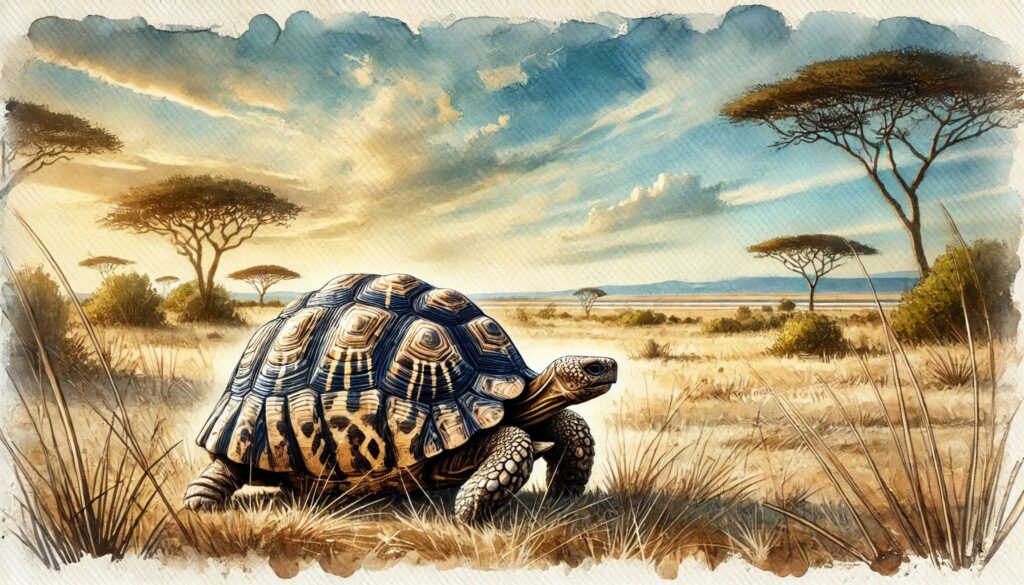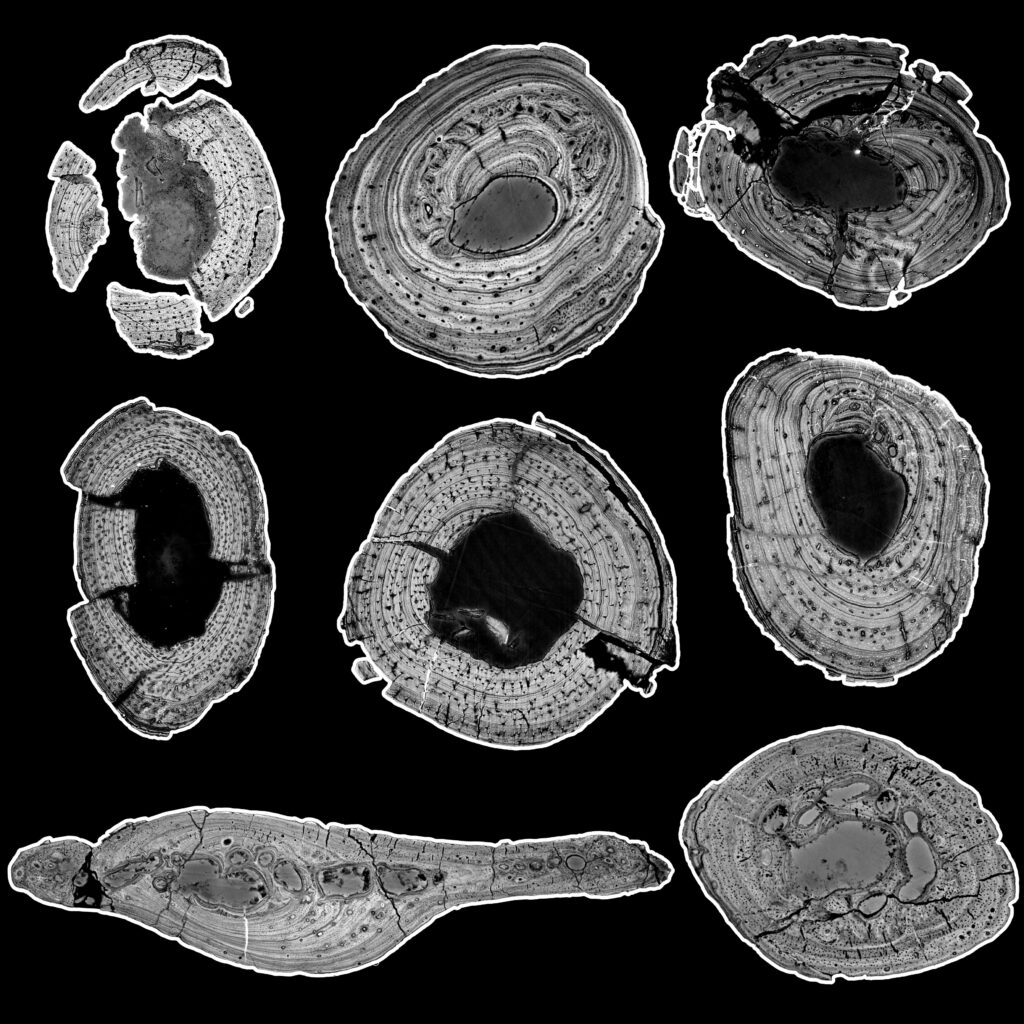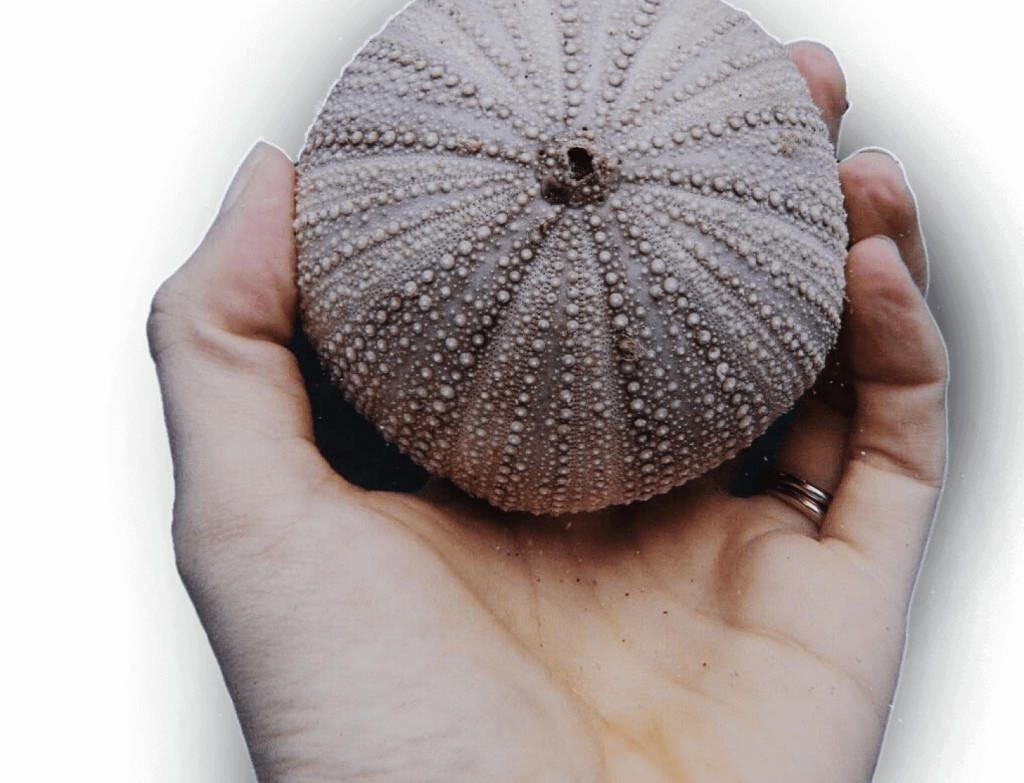What fossil termites can tell us about geochronology and palaeoenvironments
Termites are one of the most successful insect groups on the planet that alter the landscape by building nests to protect themselves from predators and to adjust to hostile conditions. Dr Miengah Abrahams intends to use quantitative and qualitative ichnological standards to record fossil nest structures preserved in western South Africa and thus, improve our understanding of their evolution.
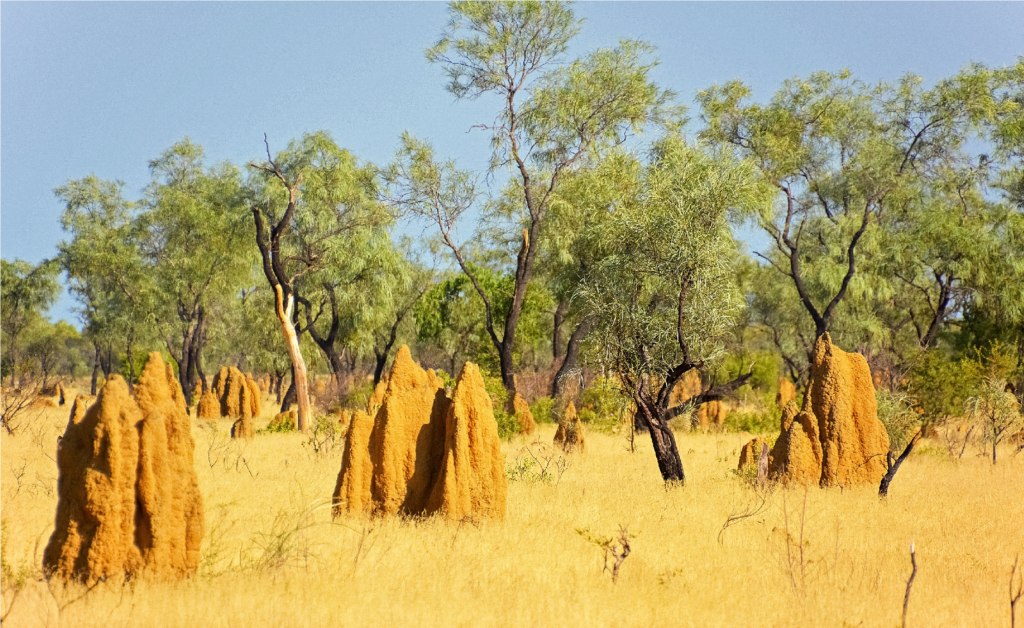
Small bites
- Termites are one of the most successful insect groups on Earth, living on nearly every continent and modifying the landscape through nest-building activities that protect them from predators and react to hostile conditions.
- This study aims to record fossil termite nest structures preserved in western South Africa using quantitative and qualitative ichnological standards in the geological record.
- In addition, trace fossils can provide valuable information about the physical and behavioural attributes of organisms and thereby improve our understanding of termites.
Termites are one of the most successful insect groups on Earth, inhabiting nearly every continent with over 1000 species in Africa alone. The “superorganism” termite colonies are large-scale geo-engineers, modifying the landscape and underlying substrates through their complex nest-building efforts. The morphologically intricate nest structures, which have intra- and interspecies variation, are an expression of the colony’s behaviour, reflecting their innovative protection from predation and responses to hostile environmental conditions. In the geological record, termite remains are rare but their impressive nest features, occasionally 105 times larger than the individual termite constructors, are more commonly preserved. Consequently, fossil nests have the potential to provide crucial insights into understanding colony-scale aspects of termite evolution. Although termite mounds are prevalent on South Africa’s modern land surface, systematic documentation of fossil features attributable to termite activity is lacking and is limited to a handful of studies, some restricted to fragmentary material. In this study, we aim to record fossil termite nest structures preserved in western South Africa (<30 Ka) using quantitative and qualitative ichnological standards. This includes a) high-resolution photogrammetric modelling and CT-scanning techniques to visualise the internal and external nest morphology and refine their ichnotaxonomy, b) major and trace element, stable isotope, and petrographic analyses of nest material and host rocks to examine preferential nest-building materials, captured palaeoclimates and taphonomic processes, and c) U-Th radioisotopic techniques to refine nest ages. This research may ultimately contribute to our broader understanding of termite evolution.
The usefulness of trace fossils
Traces are the product of an organism’s interaction with a medium. They reflect a tracemaker’s anatomy, its behaviour, and the medium’s conditions. Consequently, trace fossils can provide insights into palaeodiversity and evolution, palaeoethology (e.g., gregarious behaviour, mating rituals), and the palaeoenvironment. This is especially important for organisms with low preservation potentials in the rock record e.g., insects, or stratigraphic units with low body fossil contents. In some cases, trace fossils may be the only evidence of an organism’s presence during specific periods or regions. Trace fossils are a useful complement to the body fossil record for having a deeper understanding of ancient life.
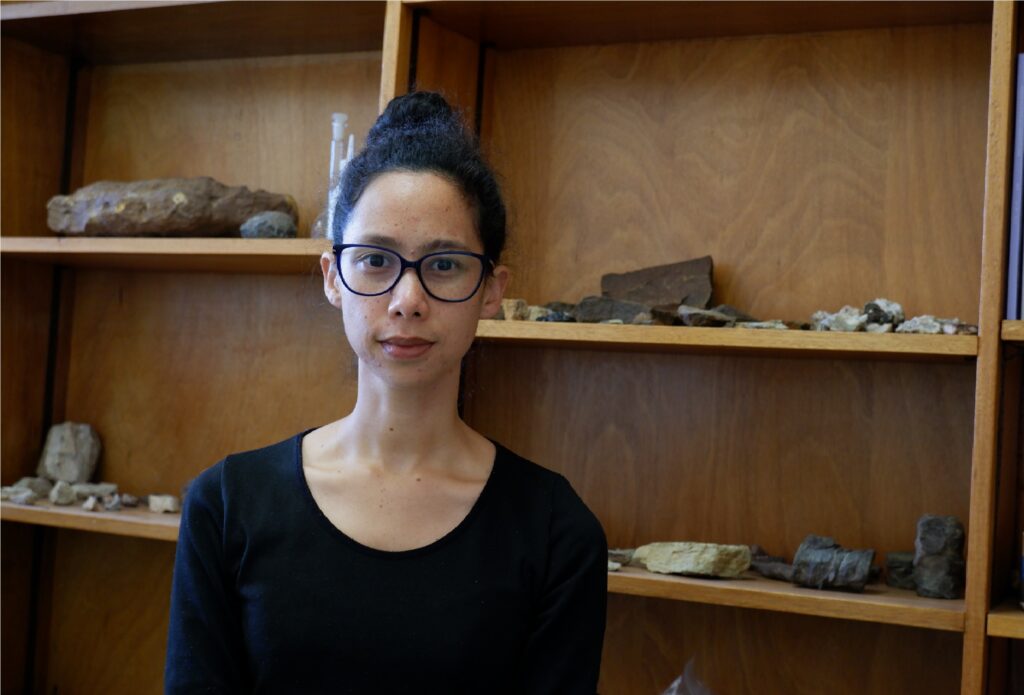
Dr Miengah Abrahams is completing this research through the GENUS We Dig Fossils Grant. She is currently a lecturer at the Department of Geological Sciences at the University of Cape Town and an emerging scientist, having previously worked on theropod tracks.
Even though we may all become extinct, we can still leave our footprint in the sand.
Dr Seuss
